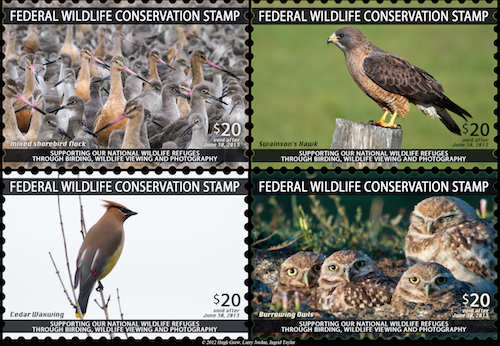
President Obama has added 10 new refuges in his first term. Many of these refuges and associated Conservation Areas, which have the potential to protect more than 1 million acres of vital wildlife habitat, have been forged through creative partnerships with sportsmen, conservation groups and private landowners. As a result, animals like the Florida panther and diminishing habitats like the prairie grasslands stand a fighting chance. It is now more important than ever to draw on the diverse group of refuge advocates around the country to safeguard America’s wildlife heritage1.
National wildlife refuges have been underfunded since President Theodore Roosevelt created the first refuge in 1903 and Congress refused to appropriate money to manage it. Without adequate funding, habitats are not restored, invasive species are left unchecked, poaching and other illegal activities occur and our nation’s wildlife suffers1.
“America’s refuges face a grim future”
Already underfunded and understaffed, National Wildlife Refuges are now facing even more budget cuts. And some members of Congress want to cut funding dramatically2.
With already over $3 billion worth of incomplete projects, deeper funding cuts to National Wildlife Refuges could have catastrophic results. Further reductions could:
- End popular wildlife education programs for school children
- Close visitor centers
- Lead to layoffs for law enforcement officers, biologists and maintenance staff who keep visitors and wildlife safe
- Close entire Refuges, restricting public access
We have part of the solution to increase funding for the National Wildlife Refuge system!
Proposal: Creation of a Federal Wildlife Conservation Stamp
A birder, wildlife watcher, photographer and non-hunter version of the Federal Migratory Bird Hunting and Conservation Stamp (aka Federal Duck Stamp).
——————————————————————————————————————-
Why a Separate Wildlife Conservation Stamp?
A Federal Wildlife Conservation Stamp would provide a robust, parallel revenue stream for National Wildlife Refuges, while giving non-extractive users a funding tool and a stronger voice in habitat and wildlife decisions on our shared, public lands.
——————————————————————————————————————-
Consider the following quotes, taken from Martin J. Smith’s book The Wild Duck Chase3, which covers the history of the Federal Duck Stamp Contest:
- “The biggest challenge facing the [Duck Stamp] program today: Unless it can convince birders and other non-hunters that buying duck stamps is the best way to conserve wetlands and the other wildlife habitats they treasure, the burden of doing so will continue to fall on the dwindling number of hunters and stamp collectors who traditionally support the program.”
- Elizabeth Jackson of the Duck Stamp Program is not optimistic about birders or non-hunters embracing the Duck Stamp as hunters have. She says, “there’s just a cultural bias against anything related to hunting.”
- “For many hunters, the traditional paper stamp is more than just a receipt for a tax paid, it is a badge of honor, a symbol of the hunter’s respect for the natural resources they are privileged to use … duck hunters are proud of their sport, proud of their heritage, and proud of their Duck Stamp Program.” (emphasis is the author’s)
These quotes summarize the challenges facing the current Duck Stamp program: reduced financial support; cultural differences between hunters and non-extractive users; and, a strong association with Duck Stamps as a traditional financial resource for hunters.
These statements also indirectly point to a viable solution, which is a separate Wildlife Conservation Stamp. Not only would such a stamp help overcome revenue shortfalls in the National Wildlife Refuge System, it could erase the cultural obstacles cited by Jackson.
A dedicated Wildlife Conservation Stamp would also instill a source of community pride and involvement for birders and wildlife watchers, just as the Duck Stamp does for hunters. Wildlife watchers and birders share a passionate commitment to wildlife, but they often diverge from hunters on which habitat, resources and Refuge priorities should be funded and emphasized.
Why Many Wildlife Watchers Don’t Buy the Duck Stamp
Among birders and wildlife watchers, there’s little disagreement about supporting our 560 National Wildlife Refuges, along with the habitat and wildlife they sustain. Most wildlife watchers are anxious to contribute their resources toward that end. Disagreements tend to occur, however, when the subject of the Federal Duck Stamp arises.
The concerns tend to fall into the following categories:
- Duck Stamp purchases by non-hunters are not accurately accounted for — which means that when critical decisions are made about Refuge priorities, non-extractive users are forgotten in favor of hunters and anglers. As Mike Bergin wrote at the 10,000 Birds blog4, “Apparently, when it comes time to calculate the financial contributions of the different sectors of outdoor enthusiasts, only hunters and anglers put up worthwhile cash, in part through the sale of hunting and fishing licenses.”
- Because of this accounting, hunters have disproportionate influence and use of Refuge lands during the height of fall and winter migratory bird season. In some cases, large portions of, or entire Wildlife Refuges are closed to the non-hunting public during this time.
- Historically, National Wildlife Refuges viewed the “Duck Factory” (game bird conservation) as a high priority, while relegating non-game issues to a lower rung. It’s only in recent years that Refuges have fully acknowledged this gap in resource allocation, but funding is still not nearly adequate to achieve all resource goals.
- Hunters and groups like the NRA consistently leverage the power of Duck Stamp funding to promote hunter-friendly agendas (such as expansion of hunting rights on refuges) sometimes overriding the voices of non-hunters whose wildlife considerations are often different yet equally valid.
Why Refuges NEED a Wildlife Conservation Stamp
According to CARE5 (Cooperative Alliance for Refuge Enhancement) consistent underfunding cripples our National Wildlife Refuge System in a variety of ways.
- There is an operations and maintenance backlog of $3.3 billion.
- There’s also a chronic understaffing problem which leaves more than 36 percent of refuges without onsite personnel.
Additional issues include a shortage of law enforcement officials, as well as invasive species problems on 2.5 million acres of Refuge lands. In a time of Congressional austerity, Refuge advocates face an uphill battle in retaining public funding for the Wildlife Refuge System.
The Benefits of a Wildlife Conservation Stamp
A 2011 survey by the U.S. Fish and Wildlife Service6 counted 71.1 million wildlife watchers in the U.S., and 13.7 million hunters. Wildlife watchers outnumber hunters significantly, and they spend $55 billion dollars each year in the pursuit of wildlife activities. In other words, there is a large and enthusiastic source of untapped revenue from wildlife watchers, one that could be rendered viable through the dedicated funding stream of a Wildlife Conservation Stamp.
Additional benefits:
- A Wildlife Conservation Stamp could fund species and habitat projects that are sometimes short-changed in favor of game animal priorities. It would be a separate but parallel and symbiotic addition to Refuge budgets.
- Birders, photographers and wildlife watchers, through this financial avenue, could have a voice in Refuge diversity as well as in innovative research, education and habitat programs.
- A Wildlife Conservation Stamp could fund additional opportunities for birders and photographers — such as new observation and photography blinds, or access to areas traditionally reserved for hunters. There are large portions of National Wildlife Refuges closed off to all but hunters. Those sections include hunting blinds and free-roam areas that non-extractive users never have access to — even after hunting season ends.
- The Wildlife Conservation Stamp could feature a contest for wildlife photographers who would compete for the winning image in the same way Duck Stamp artists do. The price of entry for Duck Stamp artists is $125. A similar fee could be implemented for a photography contest, further supplementing revenue for the National Wildlife Refuge System.
- Wildlife watchers could advocate for the Wildlife Conservation Stamp together, as a powerful unified group, without the misgivings and debates that tend to arise over the existing Duck Stamp and its traditional association with hunters and hunting interests.
We urge you to download the Wildlife Conservation Stamp Proposal (in pdf format) and use it to further the cause in any way you see fit. Also feel free to use the four panel stamp image at the top of the post which can be downloaded here or by clicking on the image above. We will also be setting up a website to promote this additional income stream for our National Wildlife Refuge System. Look for it in upcoming posts.
We also support the White House petition started by Corey Finger at 10000 Birds
We urge you to go sign the petition now! It’s quick and easy and please when you are finished, inform your twitter and facebook friends too! We need 25,000 signatures by December 14th so let’s get crackin’!
References: 1National Wildlife Refuge Association, 2The Wilderness Society, 3Smith, Martin J. (2012). The Wild Duck Chase. New York: Walker & Company, 410000 Birds, 5Cooperative Alliance for Refuge Enhancement, 6U.S. Fish and Wildlife Service, Conserving the Future, Wildlife Refuges and the Next Generation

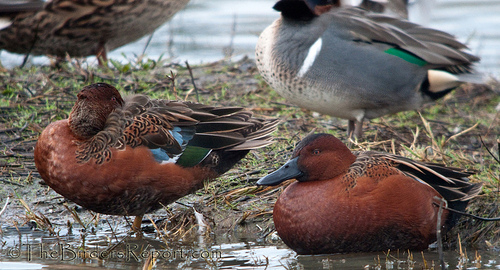
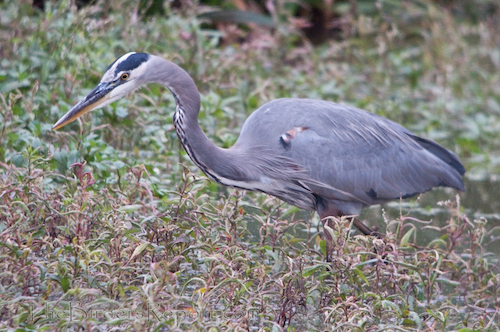
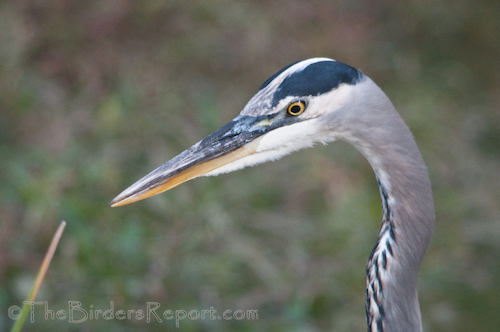
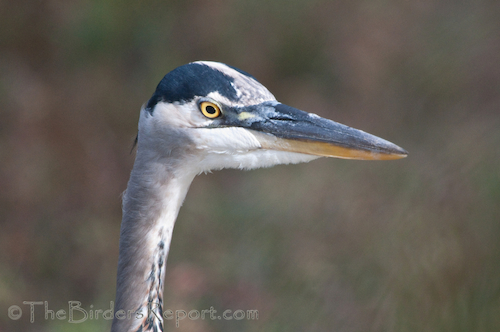
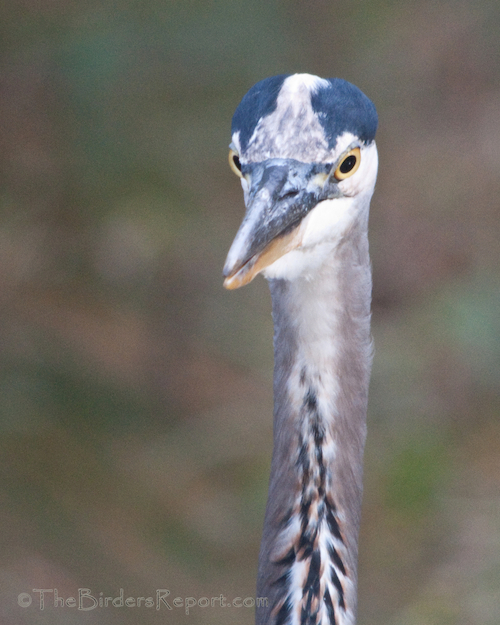
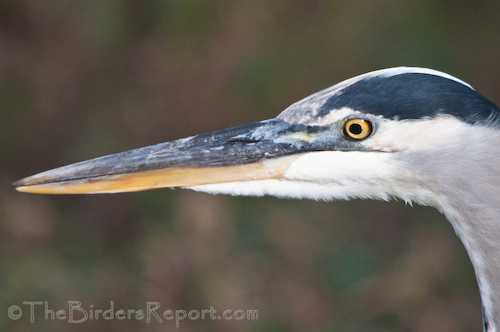

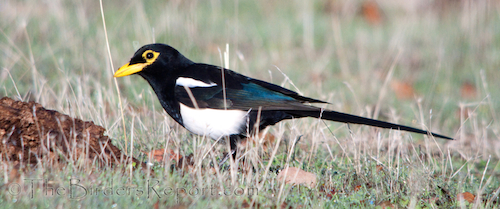
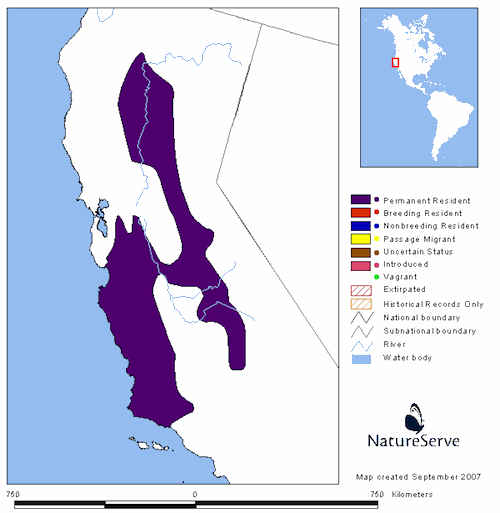
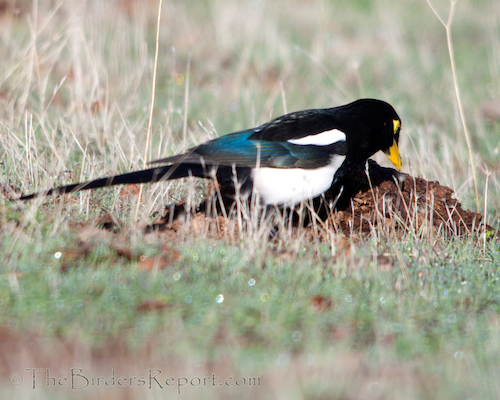
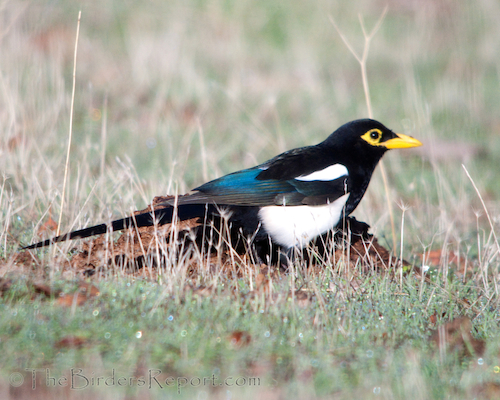
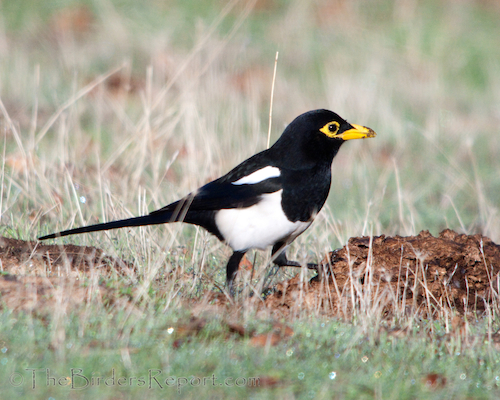
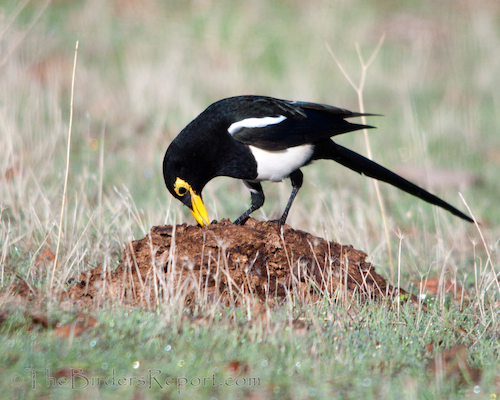
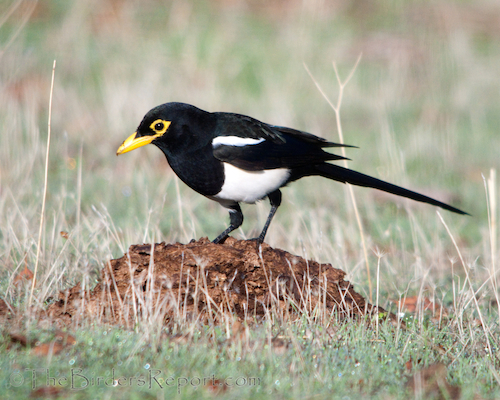
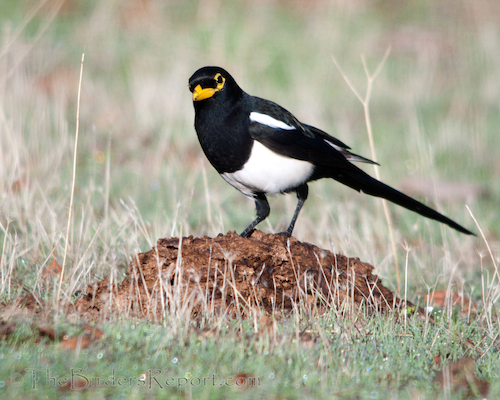
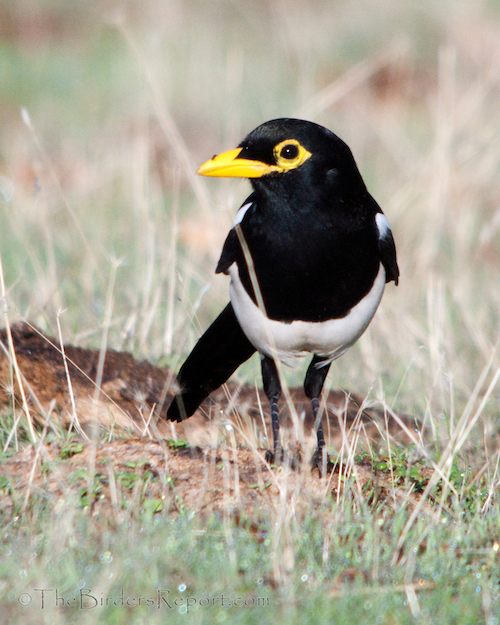
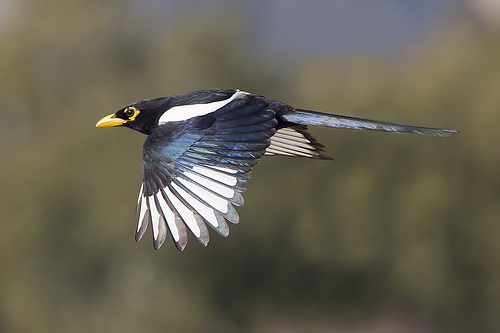



Social Media Connect